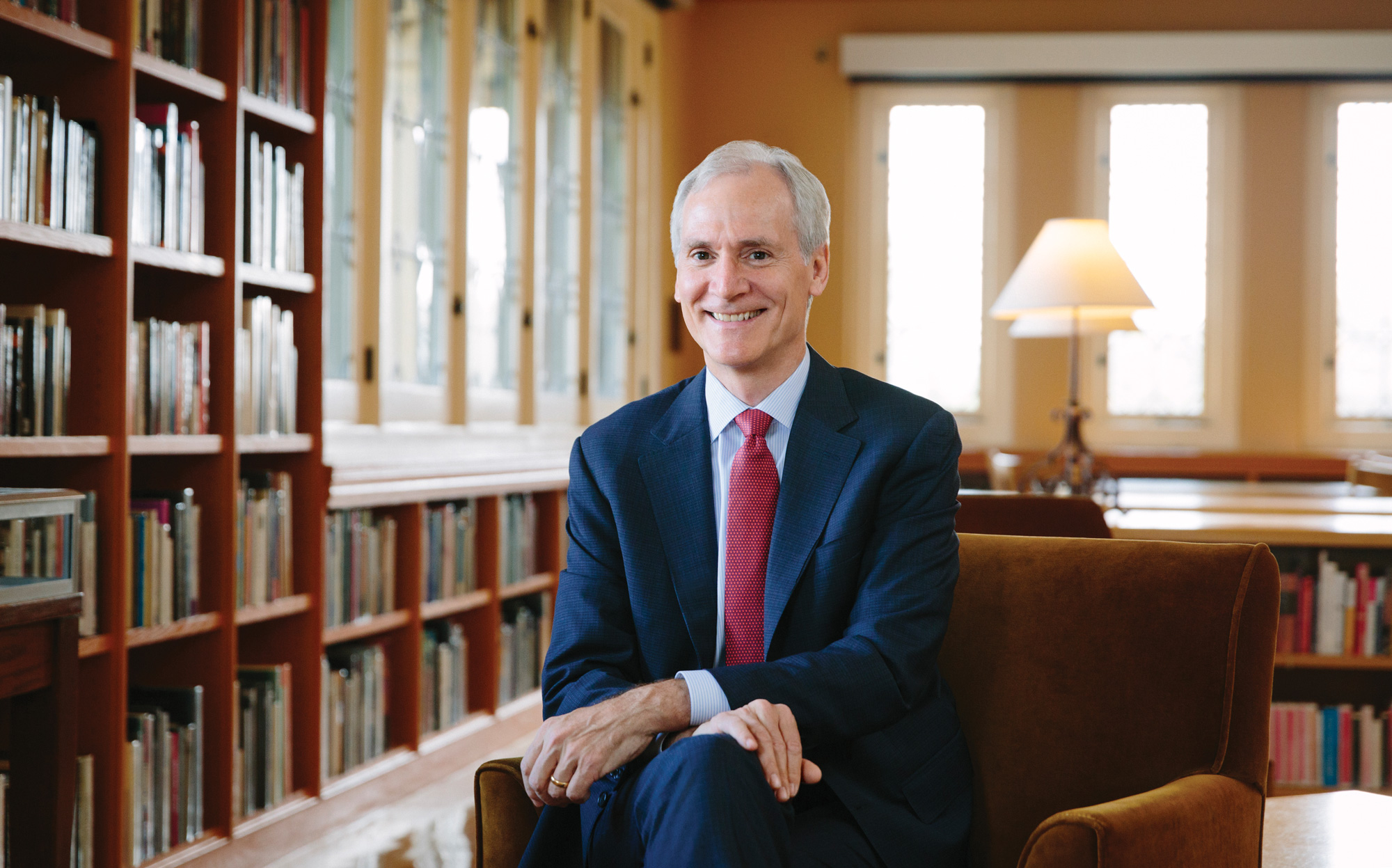As a center of teaching and research, Stanford has a global view and a mission of contributing knowledge for the benefit of humanity. But we also are very much rooted in our local community. In a time of new challenges for the Bay Area and Silicon Valley, we’re looking to do our part in promoting solutions.
Stanford has a rich history of interconnection with our broader region. As Jane and Leland Stanford’s Palo Alto Stock Farm developed into a university in the late 19th century, nearby communities grew along with the young campus. Years later, technologies coming out of Stanford helped establish Silicon Valley as an engine of innovation and job creation. Stanford became a provider of health care and a steward of open space important to the growing number of people living on the Peninsula and beyond.
Today, Stanford is involved in the life of our local community in many ways. Our two hospitals and regional health network offer world-class medical care to patients across our area. Tens of thousands of people come to the campus each year to visit our free museums, enjoy performances at the Bing Concert Hall, engage with new ideas through public lectures and Continuing Studies classes, and take in Cardinal athletic events.
Our students, faculty and staff also go out into the community. Free medical clinics, community legal services, collaborations with public schools and youth-serving organizations, and student Cardinal Service programs are among the many ways in which we look beyond Palm Drive. Our annual Community Partnership Awards celebrate local initiatives that are advancing the public good.
We don’t see this activity as cause for self-satisfaction, however. We see it as a foundation to build upon. We believe there are many opportunities to deepen our engagement with the people and institutions of our region and to make Stanford an even better partner.
One of the clear learnings from Stanford’s long-range planning process in recent months has been the desire of our campus community to contribute meaningfully to the broader world. “Engagement Beyond Our University” has been one of the four subjects at the heart of our planning process. Many ideas were submitted for expanding that outward-looking engagement by the university, both globally and locally, and in the months ahead we’ll be working to identify and advance some of the most promising.
We’re also community-focused because we live here. The region in which Stanford sits is a region of innovation, of optimism, of boundless idea generation and of great natural beauty. It also is a region facing mounting challenges—affordability, housing availability, traffic congestion. We need to play a part in addressing these challenges.
Stanford is now in an application process for a new long-term land use permit from our county government. This permit sets parameters for development within Stanford’s existing campus over the next 17 years. The application is part of our planning for Stanford’s academic space needs, but it also seeks to address broader regional concerns.
The application includes provisions for more on-campus housing, along with Stanford funding to support affordable housing projects in the broader region. It keeps development at Stanford within the core campus, away from the Foothills beyond. It envisions further expanding our successful alternative transportation strategies to address traffic concerns. And the final permit will have dozens of conditions of approval for the community to hold us accountable.
We’re actively talking with our neighbors as we go through this process. As we plan for Stanford’s academic future and its future land use, we hope to strengthen these important local bonds and support the regional community we proudly call home.''
Marc Tessier-Lavigne is the president of Stanford University.


